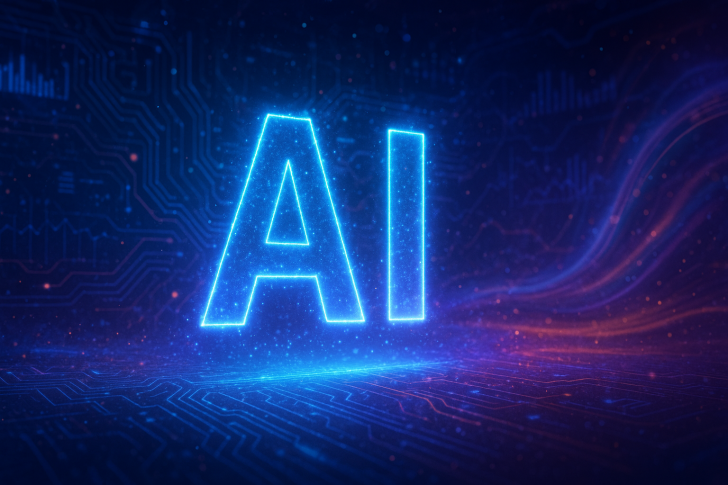Despite all the buzz about artificial intelligence replacing human workers, a new study suggests we might be getting ahead of ourselves. AI can only complete less than 3% of real-world remote jobs at an acceptable quality level. For now, at least, humans are still very much in the driver's seat.
What the Remote Labor Index Actually Tested
Dan Hendrycks—Director of the Center for AI Safety and a leading voice in AI research—recently shared findings from the Remote Labor Index (RLI), a benchmark designed to test how well AI handles actual freelance work. The surprising takeaway? The Remote Labor Index isn't some abstract academic exercise—it's based on real paid work from freelance platforms. Think writing projects, graphic design, programming tasks, data analysis, translation gigs, and customer support. These are the jobs that make up the modern remote economy.
Researchers threw these tasks at various AI systems, including large language models, to see if they could complete them independently from start to finish. The verdict? AI managed to deliver commercially acceptable results on fewer than 3% of assignments. That's a far cry from the apocalyptic predictions of mass unemployment we keep hearing about.
Why AI Still Falls Short
Sure, AI can whip up a decent essay or spit out some code, but sustaining a real project is a different story. Real work involves understanding subtle client expectations, handling revision rounds, adapting to feedback, and maintaining continuity across multiple steps. AI struggles with all of that. Even when it produces something usable, humans still need to check for accuracy, originality, and quality. As Hendrycks put it: "While AIs are smart, they are not yet that useful."
What This Means Going Forward
Right now, we're looking at AI as an assistant rather than a replacement—something that boosts productivity without kicking people out of their jobs. But Hendrycks isn't saying we should get too comfortable. AI capabilities are advancing fast, and that 3% could climb quickly as models get better at memory, reasoning, and planning. The window for businesses and workers to adapt is open now, but it won't stay open forever. This is the time to figure out how humans and AI can work together effectively.
Key Takeaways:
- Current AI systems can only automate under 3% of real freelance tasks, according to the Remote Labor Index created
- AI performs well on isolated tasks but struggles with multi-step projects requiring context, nuance, and client feedback
- The immediate future points toward augmentation rather than replacement—AI handling repetitive tasks while humans focus on strategy and creativity
- However, rapid progress means automation could become a major concern within years as AI capabilities continue improving
 Saad Ullah
Saad Ullah

 Saad Ullah
Saad Ullah


